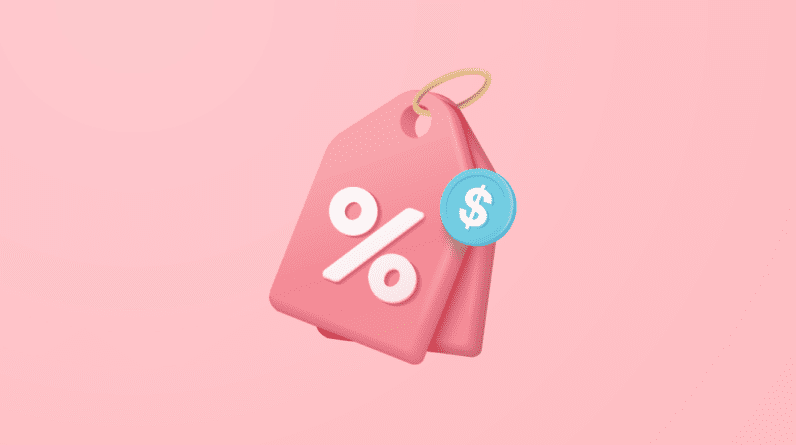
We often talk about how to bring your product to market, how to set up the logistics, and how to promote it to your target audience.
But we rarely discuss how you should price a product.
Some believe that you should price a product as high as possible to get the biggest possible profit margins, whereas others believe you should price it as low as possible, gaining more demand and a larger customer base.
The answer lies somewhere in between the two, in the murky middle ground, which can leave you scratching your head, unsure how to proceed (that’s probably why we don’t discuss product pricing often).
Well, we’ve decided to cut out the confusion and create a pricing model that you can follow to price your products perfectly and sustain profits.
What Is Product Pricing?
I mean, it’s pretty obvious from the name, but product pricing is the process of establishing what price you should charge for your goods or services based on internal and external factors, such as manufacturing costs or competitor pricing.
Don’t Skip: Product Sourcing Blueprint – Get the Same Method This Expert Used for 2,500 Products
How to Price Your Product
Pricing a product can feel incredibly complicated and complex, but it doesn’t have to be.
In our Start & Scale 2.0 course, 5x ecommerce founder Gretta van Riel talks about just how important it is to get your pricing strategy right.
Product pricing is important because it influences brand perception, making it a huge psychological factor in determining whether a customer will purchase your product.
As a rule of thumb, she believes that you should price your product 2.5x more than it costs to make. This is because you have to factor in your production and start-up costs.
That is, unless you are looking into entering the luxury market, where Gretta explains that brands can see a markup of well over 10x more than the cost.
To make things a little easier, we’ve created a Cost Per Unit Calculation Tool in Microsoft Excel that you can use to establish your underlying costs and plan profit margins.
This is the exact tool that we recommend as part of our Start & Scale 2.0 course, along with nine other in-depth ecommerce training modules.
Ultimately, the most important thing to take away from this article is that you always ensure your pricing is set to help you create a sustainable business.
It can be tempting to charge higher prices to gain a bigger profit margin, but this could lead to a lack of demand or unsatisfied one-time customers. Alternatively, cutting your prices might also be tempting, but when you’ve worked away for a month fulfilling orders, and you have $1.78 to show for it after factoring in costs, you have to ask yourself whether it was worth it or not.
It is also crucial to consider external factors on your pricing, such as how you are priced in comparison to competitors, the economic climate, consumer trends, and customer expectations.

Test Different Pricing Strategies
If there’s one element of your business that you should always be challenging, tweaking, and testing, then it is your pricing. You won’t get your product pricing perfect the first time, and that’s OK.
Pricing decisions must evolve as your business does, and so long as your chosen prices cover your costs and leave you with some profit, you can have a play around with what works for you.
If you are keen on bringing a luxury product to market, don’t be afraid to set your stall out early with high pricing. Just make sure that the product on offer matches customer expectations.
Frequently Asked Questions About Product Pricing
How do I determine the right pricing strategy for my product?
The ideal pricing strategy depends on factors such as your target market, competition, and value proposition. Conduct market research, analyze competitor pricing, and align your product’s perceived value with customer expectations to find the optimal pricing approach.
How frequently should I review and adjust my product pricing?
Regularly review your pricing strategy to stay competitive and responsive to market changes. Factors like demand shifts, production costs, and competitor actions may necessitate adjustments, so aim to reassess your pricing at least annually and more frequently if market conditions warrant.
What role does psychological pricing play in influencing consumer behavior?
Psychological pricing, involving strategies like charm pricing or tiered pricing, can impact how consumers perceive value and make purchase decisions.
Keep Learning: How to Calculate Shipping Costs for Your Ecommerce Business
Price Right and the Future is Bright
To nail down your pricing strategy and other key elements of your business, don’t miss out on our free ecommerce masterclass.








